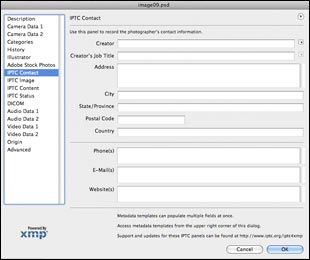A Brief History of Metadata for Digital Assets.
 If you are reading this blog, you probably already know what metadata is and have heard this definition many a time – “metadata is data about data.”
If you are reading this blog, you probably already know what metadata is and have heard this definition many a time – “metadata is data about data.”
But what does that really mean? Well, at its most basic, metadata is all the readable information associated with a digital file. A word processing document not only contains many (searchable) words as prose, it also contains information about when it was created, or modified. It may also include fielded data such as the document’s author (byline). To be more specific, metadata is used to describe a file, that is define it, describe it’s structure including content in context for the purpose of easing the use of the captured and archived data for further use. In other words, metadata helps you easily find your stuff; good metadata helps you find it even faster! Metadata with a purpose!
In 1965, news organizations came together to create a standard for how news data should be moved around from source to recipient. In the realm of photography, this became the IPTC (International Press Telecommunications Council) or NAA standard, and ensured that as photos were shared as digital objects, the items and (basic) information such as the caption, byline (author), headline, source, credit and create date were also sent as part of the file. This information was actually included inside the file in a defined place in the file header. When image editing applications appeared, like Photoshop, they too adopted the IPTC as a standard for exchanging metadata. This is, of course, Photoshop’s File Info screen.
Continues @http://blog.merlinone.com
Related articles
- DAM Best Practices | Metadata and Taxonomy Maturities (digitalassetmanagement.org.uk)
- How to improve your metadata and search results (digitalassetmanagement.org.uk)
- I Have Yet to Metadata I Didn’t Like (digitalassetmanagement.org.uk)

Filmtools
Filmmakers go-to destination for pre-production, production & post production equipment!
Shop Now














